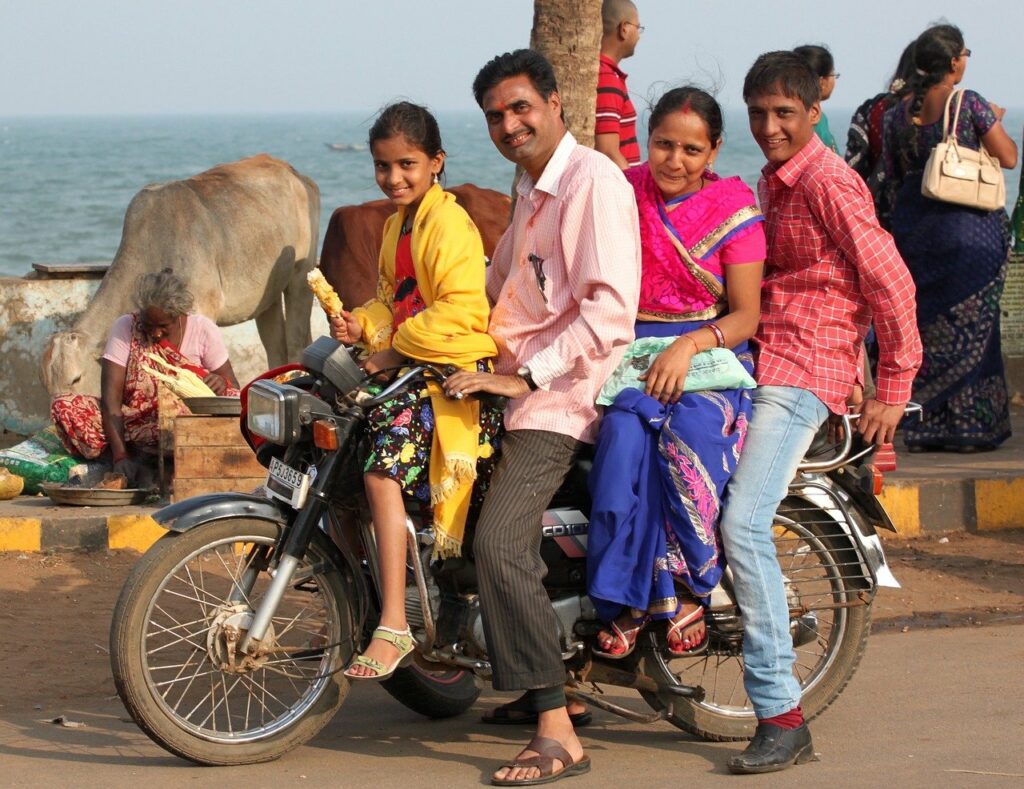Same-sex “marriages” in India are not legal. Homosexuality was decriminalized by the Supreme Court in 2018, with the repeal of Section 377 of the colonial-era Indian Penal Code, which had been in effect since 1860. However, according to the central government of this Asian country, marriage is another thing and according to the current legislation, the concept of marriage union “cannot be extended” just like that.
Just a year ago, the government opposed a series of petitions calling for the recognition and registration of same-sex “marriages” in India, obviously with all the associated rights, including the right to adopt children, pursuant to the Special Marriage Act of the Hindu Marriage Act and the Foreign Marriage Act.
Now the High Court in New Delhi is grappling with a number of appeals from same-sex couples who have filed petitions for the government to activate a channel, YouTube or otherwise, for live viewing of ongoing court proceedings on the issue. The High Court forwarded this appeal to the central government of India.
“During a previous hearing”, The Hindu newspaper states on its website, “the senior attorney Neeraj Kishan Kaul, on behalf of three of the plaintiffs, said that the issue raised in the petitions is of national importance, particularly for the LGBT+ community, which makes up nearly 8 percent of the country’s total population.”
Attorney Kaul further stated that “a good section of the public was eagerly looking forward to the outcome of these cases and live streaming would enable the court proceedings to reach a broader population.”
For the moment, in any case, what has been previously expressed by the Indian central government remains firmly valid: “coexistence as partners and same-sex sexual relationships are not comparable to the Indian concept of the family unit of husband, wife, and children, which necessarily assumes a biological male as the ‘husband,’ a biological female as the ‘wife,’ and the children born from the union between the two.”
